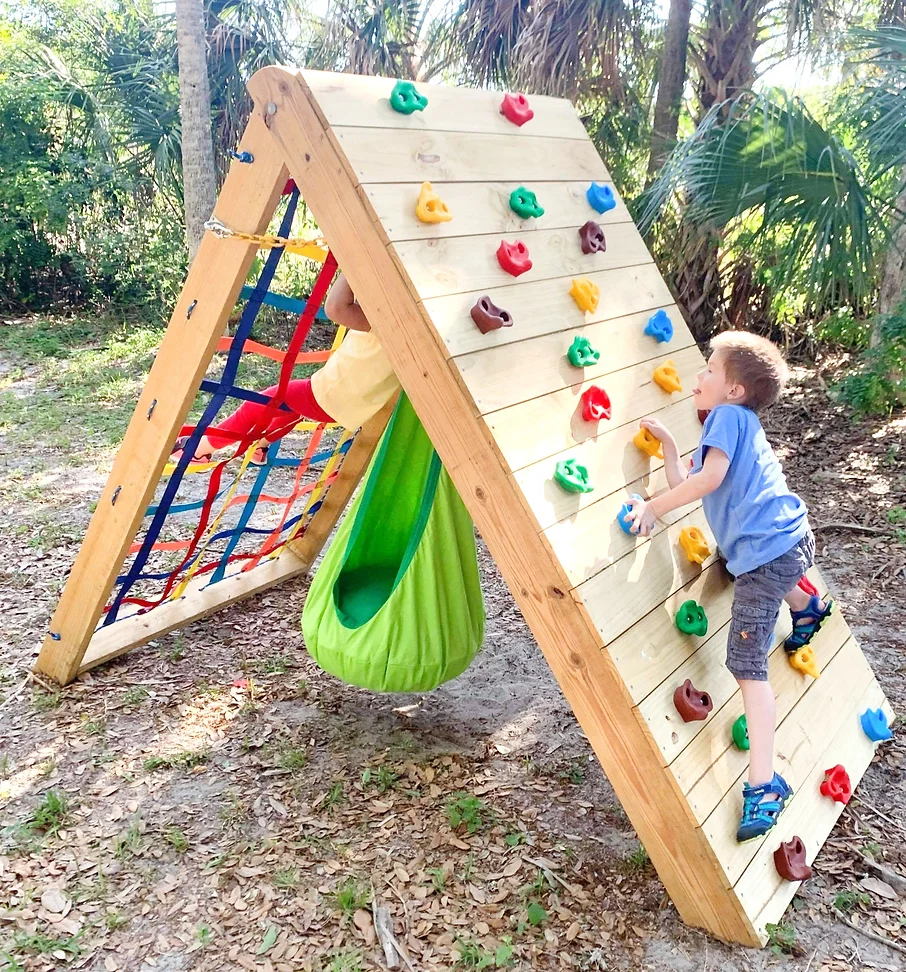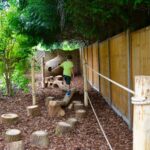Gardening can be a fun and educational activity for children of all ages. By involving kids in garden design, they can learn about plants, insects, and the environment, all while fostering a love for nature. There are several ways to create a garden that kids will enjoy and find engaging.
One key aspect of garden design for kids is to include plants that appeal to them. Brightly colored flowers, fruits, and vegetables are great options to capture their attention. Consider planting sunflowers, strawberries, or cherry tomatoes, which are all easy to grow and harvest. Involving children in the planting and caring for these plants can help them develop a sense of responsibility and ownership.
Another important aspect of garden design for kids is creating spaces for them to play and explore. Incorporating paths, stepping stones, and play areas into the garden can encourage children to be active and engage with their surroundings. A designated play area with a sandbox or swings can provide a fun retreat for kids to enjoy the outdoors.
Educational elements can also be incorporated into garden design for kids. Incorporating plant labels, bug hotels, or bird feeders can help children learn about different types of plants and animals that live in the garden. Creating a mini herb garden can also teach kids about different scents and flavors, while encouraging them to use their senses.
To make the garden design process more engaging for kids, consider involving them in the planning and decision-making process. Allow children to choose which plants they want to grow, where they want to plant them, and how they want to decorate the garden. This can help children feel a sense of ownership over the garden and be more invested in its care.
Creating a sensory garden can also be a fun way to engage kids in garden design. Including plants with different textures, scents, and colors can provide children with a multi-sensory experience. Plants like lavender, mint, and lamb’s ear can stimulate their senses and encourage them to explore the garden in a new way. Additionally, including elements like wind chimes, water features, or bird baths can add to the sensory experience.
Overall, involving kids in garden design can be a rewarding experience for both children and adults alike. By creating a garden that appeals to children’s interests and senses, they can learn valuable lessons about nature, responsibility, and creativity. With a little planning and creativity, a kid-friendly garden can become a beloved space for children to play, explore, and connect with the natural world.













